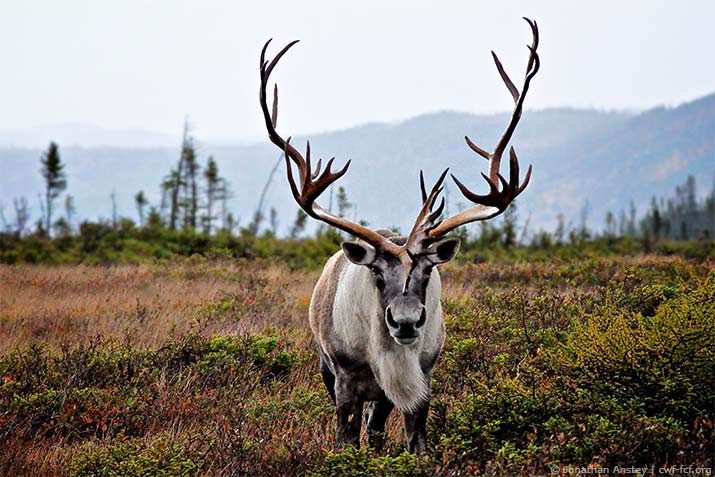Dec 8, 2015
Annie Langlois
The Committee on the Status of Endangered Wildlife in Canada (COSEWIC) met in Ottawa at the end of November in Ottawa to discuss the status of 19 wild species. Every ten years, species at risk must be reassessed by the committee to check how they are doing, whether or not the recovery efforts are working, and how other Canadian species have to be looked at to determine if they should become officially at risk, or listed under the Species at Risk Act. Of the 19 assessments, 15 were already legally at risk, while four new species were assessed by the committee. These 19 wildlife species were placed in various COSEWIC risk categories, including four Endangered, nine Threatened, and five Special Concern.
In five cases, for example the spotted gar, the species' condition has worsened, and as such, COSEWIC has assessed them as having a higher risk category. But two species have retained their initial assessment, and seven, like the flooded jellyskin lichen, are doing better or have new populations that have been discovered, enabling COSEWIC to decrease the level of risk category. Of the four newly assessed species, three have been given the Threatened risk category, and one, Endangered.
The threats to the majority of species assessed are unfortunately the result of human actions. Climate change is one of these main threats. Not only is it having an effect on the species and habitats themselves, it's also exacerbating other pre-existing threats like habitat loss and invasive alien species.
The decision now lies with the federal government as to whether these species will be added to the federal at-risk list and receive the protection offered under the Species at Risk Act. The last species listed in the Act as per recommendations by COSEWIC were added in June 2012. Three bat species affected by white-nose syndrome received an emergency listing in November 2014. CWF urges the federal government to take rapid action in order to ensure that these species may receive the protection and research efforts needed for their recovery.
CWF has been part of this process since 1977, the year COSEWIC was founded. In fact, we were involved in its formation! As such, we were present at the last meeting, and we fully support its conclusions. Through our own work, like CWF’s Endangered Species Fund, we’ve been contributing to research and education on at-risk species risk like freshwater turtles and the American eel. We also helped fill a knowledge gap for one of the assessed species, the flooded jellyskin lichen, through our cryptic species project. It was found in previously unsearched areas during surveys led by CWF, which led COSEWIC to downgrade its status from Threatened to of Special Concern.
- 0
- 1

